Managing a remote team comes with unique challenges and rewards. This checklist is your resource for creating a positive and productive remote work environment. We’ll guide you through best practices for communication, collaboration, and ensuring your team feels connected and supported.
Visit the leader resources page for more tools, training, and best practices.


